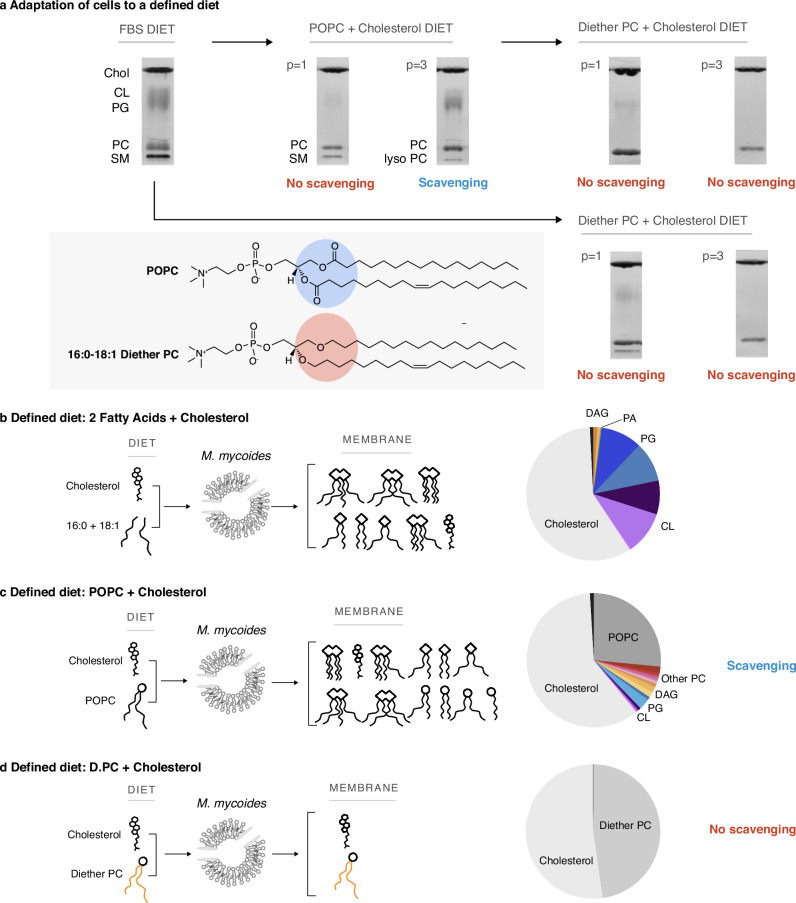Fig. 2. A Defined Lipid Diet Results in a Living Membrane with Two Lipids.
a M. mycoides can adapt to defined lipid “diets” with diester or diether phospholipids; resulting in simpler membranes than when grown on a complex diet (e.g. FBS). Adaptation to new diets occurs after 3 passages (p > 3). TLC aspect ratio adjusted for legibility; unmodified TLCs can be found in Fig. S2. M. mycoides can scavenge acyl chains from POPC, yielding a more complex membrane from a defined diet. b Lipidomic analysis of cells grown on only oleic and palmitic acid shows M. mycoides cells can synthesize phosphatidylglycerol and cardiolipin species when a source of fatty acids is present. c Lipidomic analysis of M. mycoides cells grown on a POPC + cholesterol diet shows acyl chain scavenging leads to the synthesis of a diversity of lipids, resulting in a membrane with 28 lipids from a diet of only two. d 16:0-18:1 diether PC has ether-linked hydrocarbon chains that cannot be cleaved by M. mycoides, eliminating scavenging. Lipidomic analysis shows living cells with two lipids comprising 99.9 mol% of their lipidome.

